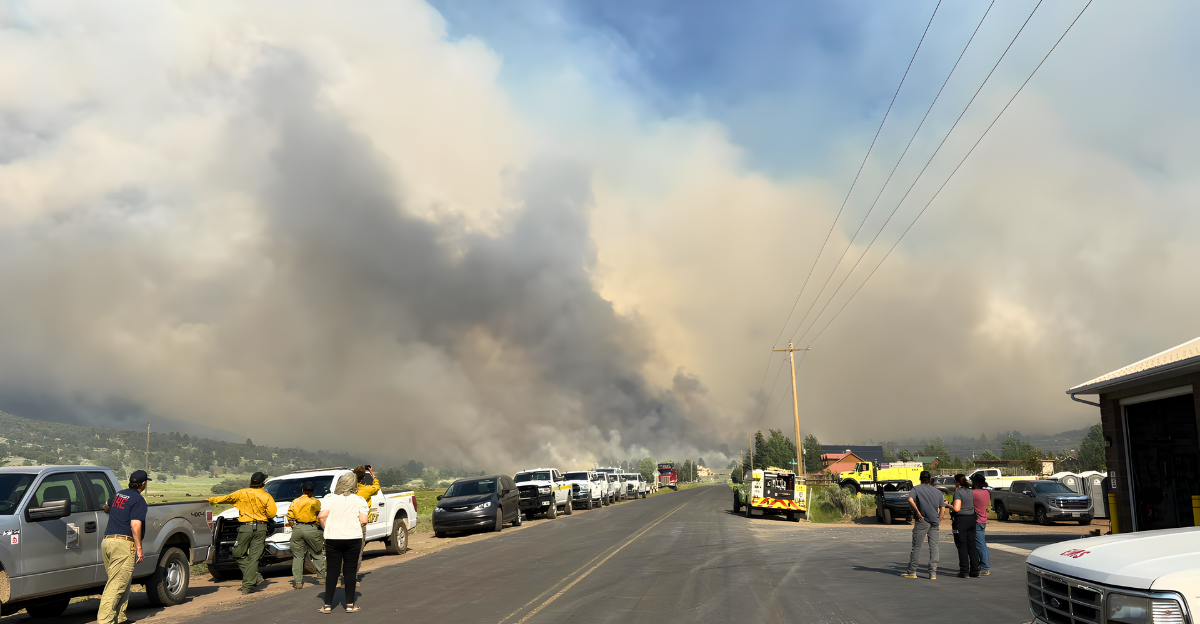
A fast-moving wildfire erupted on the hillside above Cedar Hills, Utah County, on Wednesday evening, burning dangerously close to homes and prompting a swift emergency response.
Officials named the fire the Cedar Hills Fire (previously the Hub City Fire). It broke out after 5 p.m. on private land and quickly spread to U.S. Forest Service land at the base of Mount Timpanogos.
The resulting blaze generated a huge plume of smoke visible from most of Utah Valley, causing concern among residents and local officials alike.
Immediate Threat to Homes and Evacuations
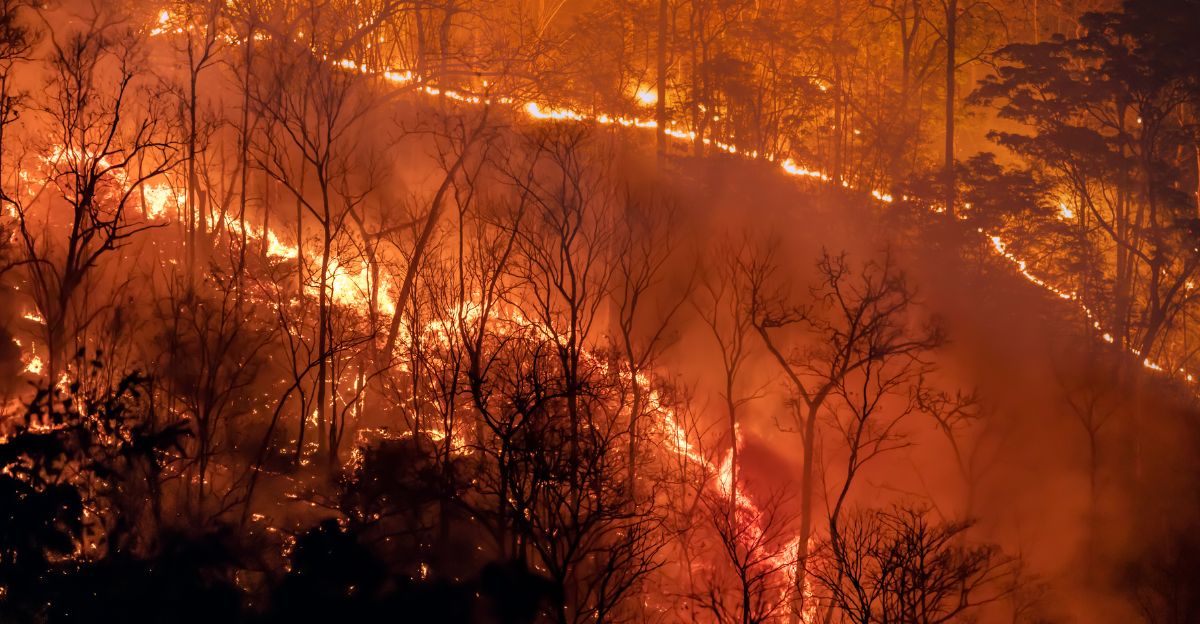
The Cedar Hills Fire created a tense and frightening situation for residents living beneath the burn area. Flames advanced to within a few hundred feet of the backyards of about 100 homes, making for a scary and nerve-rattling time.
As the fire broke out in the early evening, neighbors described a chaotic scene: people rushed from door to door, warning each other and urging for rapid evacuations.
Police officers and firefighters were quick to restrict access to neighborhoods close to Morgan Boulevard and Canyon Road, focusing on protecting the most vulnerable homes, especially the townhomes clustered along the wildland edge.
Fire Progression and Containment Efforts

At its peak, the fire burned between 14 and 25 acres, with officials reporting that they had stopped the forward progression of the burning by late Wednesday night
Despite this, containment remained at just 20%, and crews continued to monitor the area for any potential flare-ups, especially with the threat of overnight winds changing direction. The fire was also fought using resources from local fire departments and state land crews, and was fought from the air and ground.
Human Cause Under Investigation
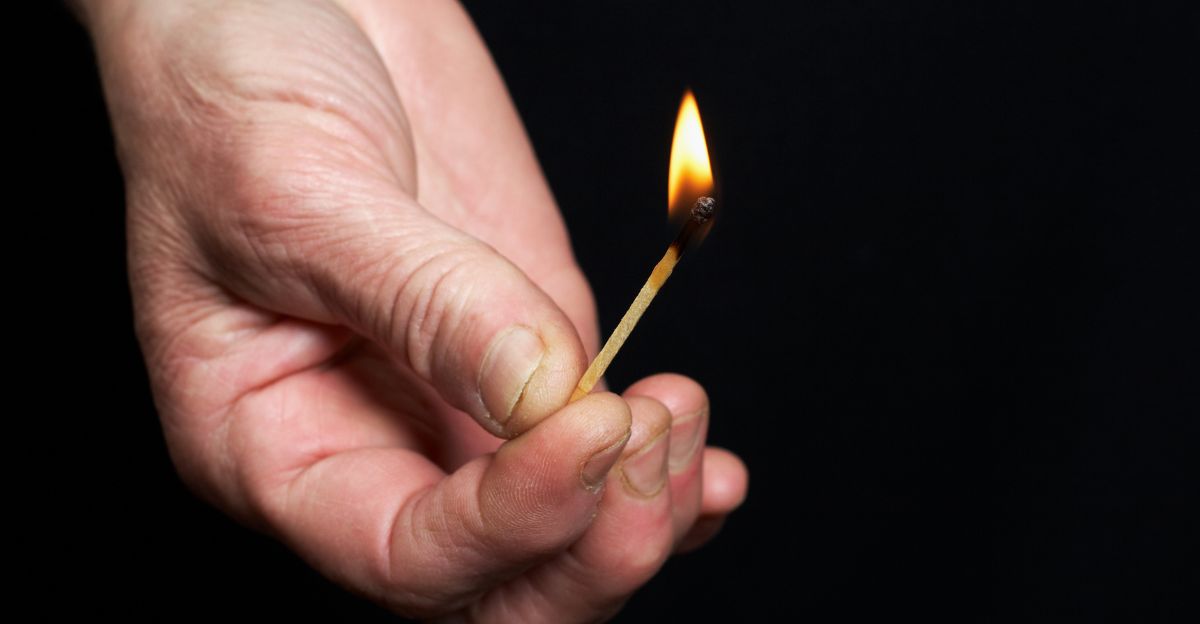
Fireworks were initially believed to be the cause of the fire. However, officials have now stated that although the fire was human-caused, the exact source is still under investigation.
The incident has reignited discussions about human activity in Utah’s dry summer months, particularly as the Fourth of July nears and fireworks sales have started throughout the state. Officials have emphasized that the public needs to be vigilant and observe fire restrictions.
Public Reaction and Demand for Stricter Firework Laws

The fire has reignited demands from residents and local officials for stricter fireworks prohibitions. Many in the Cedar Hills neighborhood expressed fear and frustration over how quickly the fire spread and the potential for disaster.
Mayor Denise Andersen noted current restrictions, but emphasized the difficulty in controlling individual behavior. Some residents advocated for limiting fireworks to official city displays rather than allowing them in neighborhoods.
Firefighters’ Response and Resource Mobilization
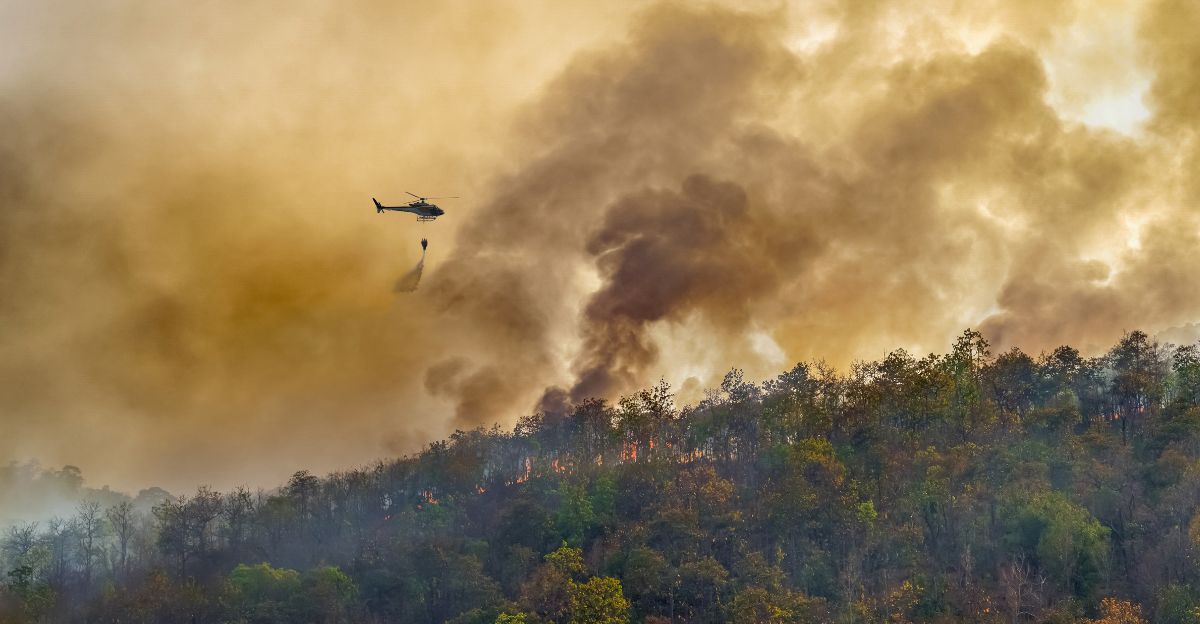
Firefighters from multiple jurisdictions responded rapidly, deploying both engines and hand crews, as well as aircraft to drop water and retardant.
During the peak of the response, as many as 100 personnel responded to battle the fire. Their efforts were credited with saving homes and reducing damage, but officials warned that wildfires and local weather patterns could be unpredictable.
Wildlife and Environmental Impact

While the immediate focus was on protecting homes, the fire also threatened local wildlife and the fragile ecosystem at the base of Mount Timpanogos. The burn scars were apparent on the mountainside, and the loss of vegetation could have longer-term implications for both animal habitats and soil stability.
Officials have yet to provide full details on the environmental damage the blaze caused, but they’ve agreed that it will impact the area’s natural beauty.
Ongoing Monitoring and Public Safety Measures
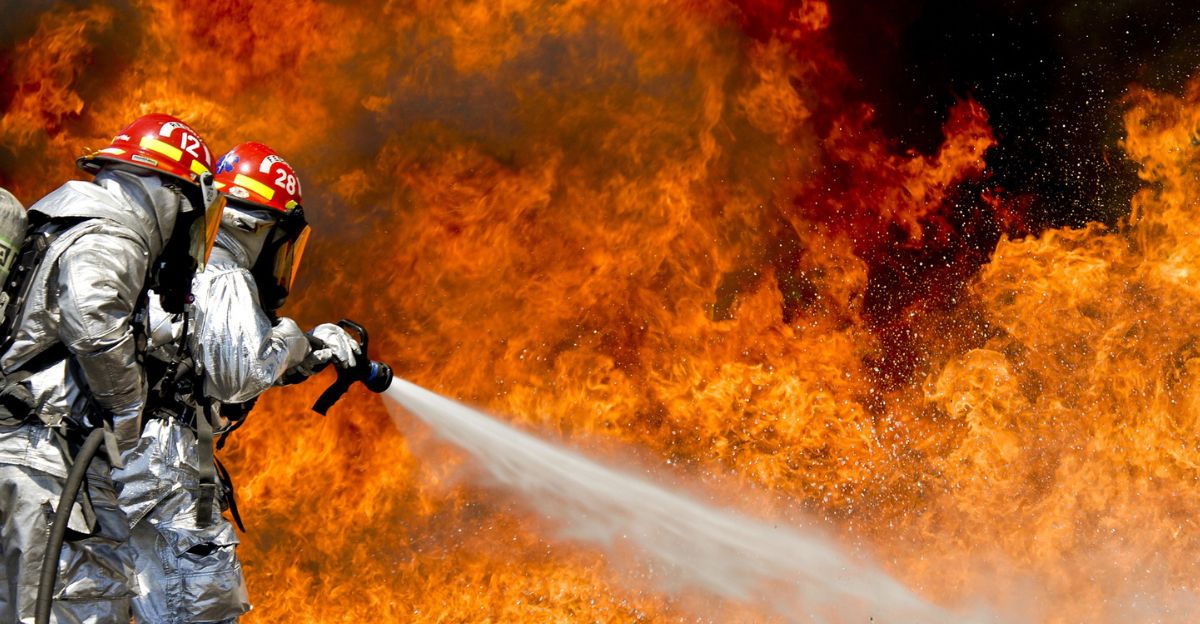
Crews were on the scene long after the fire had been stopped from spreading further, extinguishing hot spots and preventing reignition. Residents got the all-clear to return to their homes late Wednesday, though access to some areas remained limited to help emergency operations. The public was asked to avoid the vicinity and refrain from activities that could hinder firefighting efforts, such as flying drones near the fire zone.
Utah’s Wildfire Season

The Cedar Hills Fire contributes to a disturbing trend across Utah: more than 350 wildfires have already burned more than 40,000 acres this year.
A combination of extreme dryness, high temperatures, and human activity has conspired to make 2025’s fire season especially perilous. More incidents are expected as the summer continues, with fire officials making a desperate plea to the public to follow all fire safety guidelines.
Lessons and Precautions

The Cedar Hills fire is a grim example of the risks posed by wildfires in Utah’s dry climate, especially when human negligence is involved. While quick action by firefighters prevented a catastrophe, officials warn that continued vigilance is essential.
As the Fourth of July holiday approaches, residents are urged to respect firework restrictions and prioritize community safety to avoid similar emergencies in the coming weeks.







